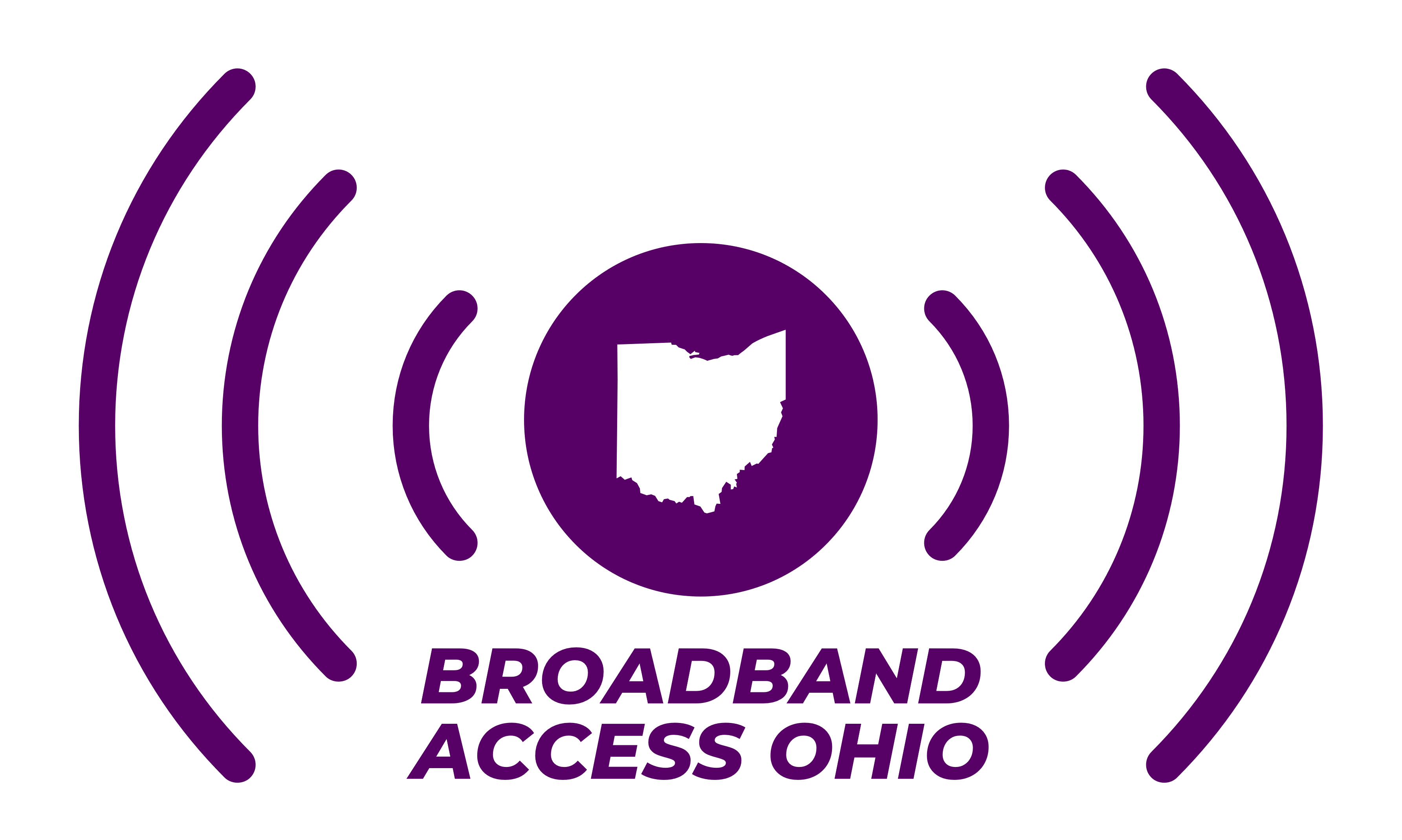June 27, 2022
A conversation with Donna Davis Norris, Executive Director of the Southwest Ohio Computer Association & Broadband Access Ohio board member.
Broadband Access Ohio is focused on connecting Ohioans to high-speed, affordable internet access. Our members come from diverse backgrounds but hold a common purpose. This week we sat down with member, Donna Davis Norris, Executive Director of the Southwest Ohio Computer Association. She explained how the issue of connectivity in Ohio became something she’s passionate about and why she’s more hopeful than ever Ohio will solve it.
“I really have a problem with that [connectivity] and therefore we’re working really hard to find options for our districts and students,” said Davis Norris.
The pandemic was not the first time Davis Norris noticed Ohioans lacking affordable, reliable internet. At SWOCA we serve school districts and more than 140,000 students, as one of the largest Information Technology Centers in Ohio.
“We have been focused on our rural counties for quite a while,” said Davis Norris.
SWOCA serves several counties including some very rural areas. They work to ensure districts and especially students have internet access. In Preble County, Davis Norris says SWOCA has been trying, long before the pandemic, to find partnerships and get students connected.
“It’s mostly farmland and houses are often acres apart, not many vendors will go there. So, we’ve been talking with providers and municipalities, townships and others for quite some time, not just this year and not just since the pandemic,” said Davis Norris. “We are seeking partnerships to explore how we bring better connectivity to Preble County families.”
It is areas like these that were hit hard by the pandemic, when being connected became incredibly important for students.
“The pandemic brought everything to light and created more of an awareness,” said Davis Norris.
Davis Norris says during the pandemic she was “saddened” to see what students and their families had to go through just to get homework done.
“We had students, in the middle of winter, who, when their parents would get off work, put them in the car and would take them to a school parking lot or a public library, where public WIFI was available. There were times when we had students sitting on buses in parking lots doing homework at night,” said Davis Norris.
During this time, Davis Norris believes lawmakers became more aware of the issues surrounding broadband in Ohio. However, she says there is more work to be done considering lawmakers have attempted to cut off non-profits, municipalities and townships from the internet discussion and funding.
“Last year I was concerned, when the legislature created language that excluded us, a non-profit, from any of the money that was coming into the state. That really did trouble me,” said Davis Norris. “Our ITC, SWOCA, has been in operation for 40 years and we have infrastructure already in place that could be utilized and enhanced with additional dollars.”
There are 18 ITCs, like SWOCA, in the state of Ohio, organized under the OECN (Ohio Educational Computer Network). According to Davis Norris, all of them have infrastructure in place and could easily partner with our communities and others to better serve students/families.
Moving forward, Davis Norris believes telling personal stories to lawmakers and public officials will help them understand that broadband is not a one size fits all utility. She urges everyone to reach out to their representatives and have a conversation.
“I think all of us who have these concerns should be inviting these officials in and have face to face meetings. They work for all of us. We need to help them understand that these children are being penalized due to a lack of resources,” said Davis Norris.
The fight to keep the door open for those who can help connect Ohio is one of the reasons Broadband Access Ohio was created. Now, like-minded individuals and entities can come together. Davis Norris says the group makes her hopeful for the future of broadband in Ohio.
“This is the first time I’ve had as much hope as I have right now, because I think there is hope in numbers,” said Davis Norris

Recent Comments